The WORST defeat in the history of the Russian Navy
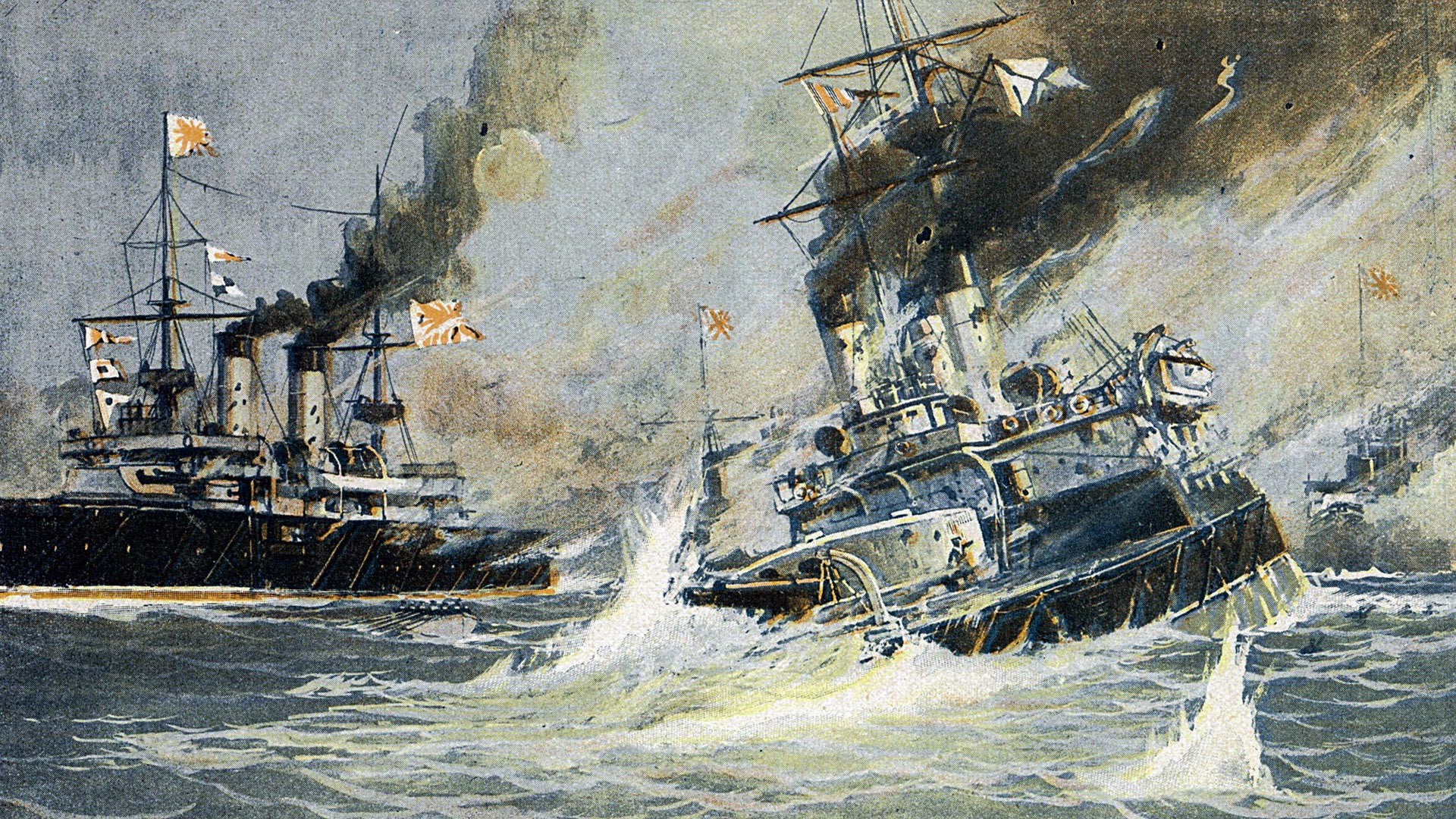
In the early 20th century, Japan challenged Russia’s dominant position in the Far East. Once locked in self-isolation, but now modernized and rearmed, the Land of the Rising Sun openly declared its geopolitical interests in Korea and northeast China, a traditional zone of interests of its northern neighbor.
The Russo-Japanese War, which broke out in 1904-1905, shocked the whole world. No-one could have imagined that in the course of it, the tsarist army would not win a single victory and that in the battle of Tsushima the Russian fleet would suffer the most terrible defeat in its entire history.
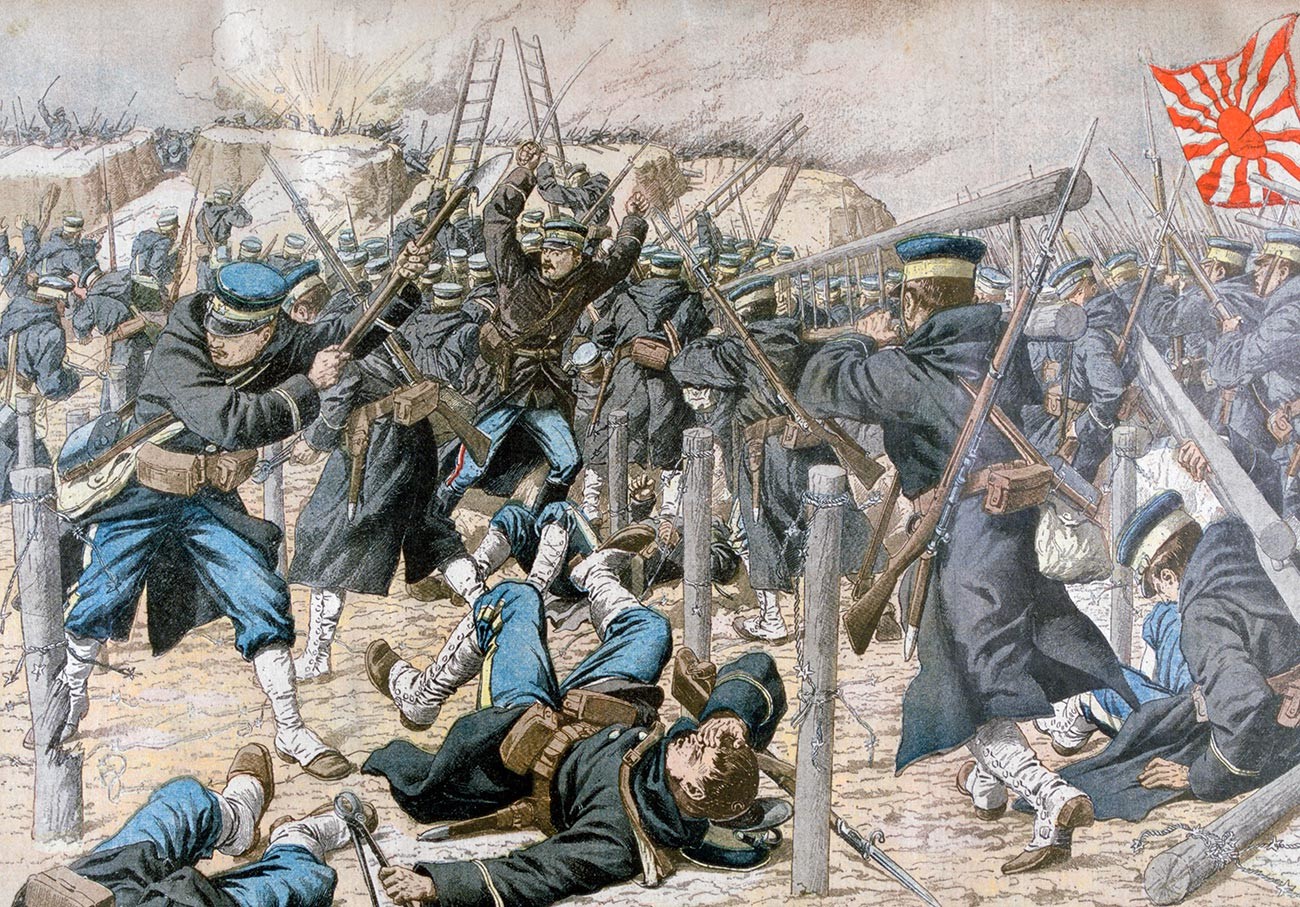
A long voyage
On October 15, 1904, warships of the 2nd Pacific Squadron, which was formed on the Baltic Sea, left the port of Libava (present-day Liepaja in Latvia). They were to travel half the world, reach the Yellow Sea and assist their colleagues from the 1st Pacific Squadron that were coming under strong pressure from the Imperial Japanese Navy.
The fateful voyage got off to a bad start. In the early hours on October 22, while near the coast of Great Britain, the Russian ships opened fire on local fishing vessels, having mistaken them for Japanese sabotage forces. As a result, several English sailors were killed and it was only thanks to the frantic efforts of Russian diplomats that the conflict was resolved peacefully.
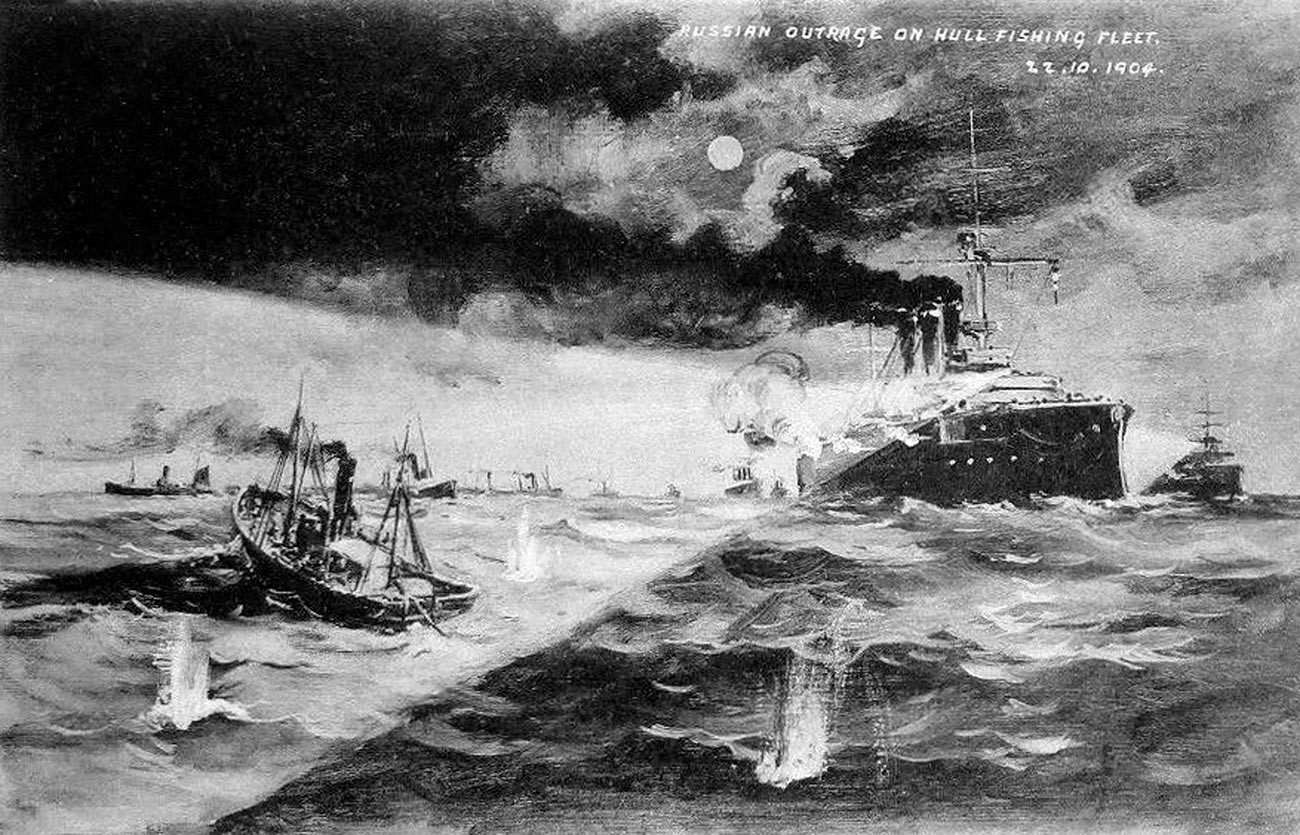
Russian Fleet attacks British fishing trawlers.
Legion mediaIt took the 2nd Pacific Squadron seven long months to reach the Far East. Off the coast of French Indochina, it was joined by the 3rd Pacific Squadron of Rear Admiral Nikolai Nebogatov, which had caught up with it having taken a shortcut through the Suez Canal, instead of circumnavigating Africa.
On May 27, 1905, 11 battleships, nine cruisers, nine destroyers, as well as transport and auxiliary vessels under the command of Vice Admiral Zinovy Rozhestvensky, entered the Korea Strait near Tsushima Island, where the enemy was already waiting for them.
Massacre
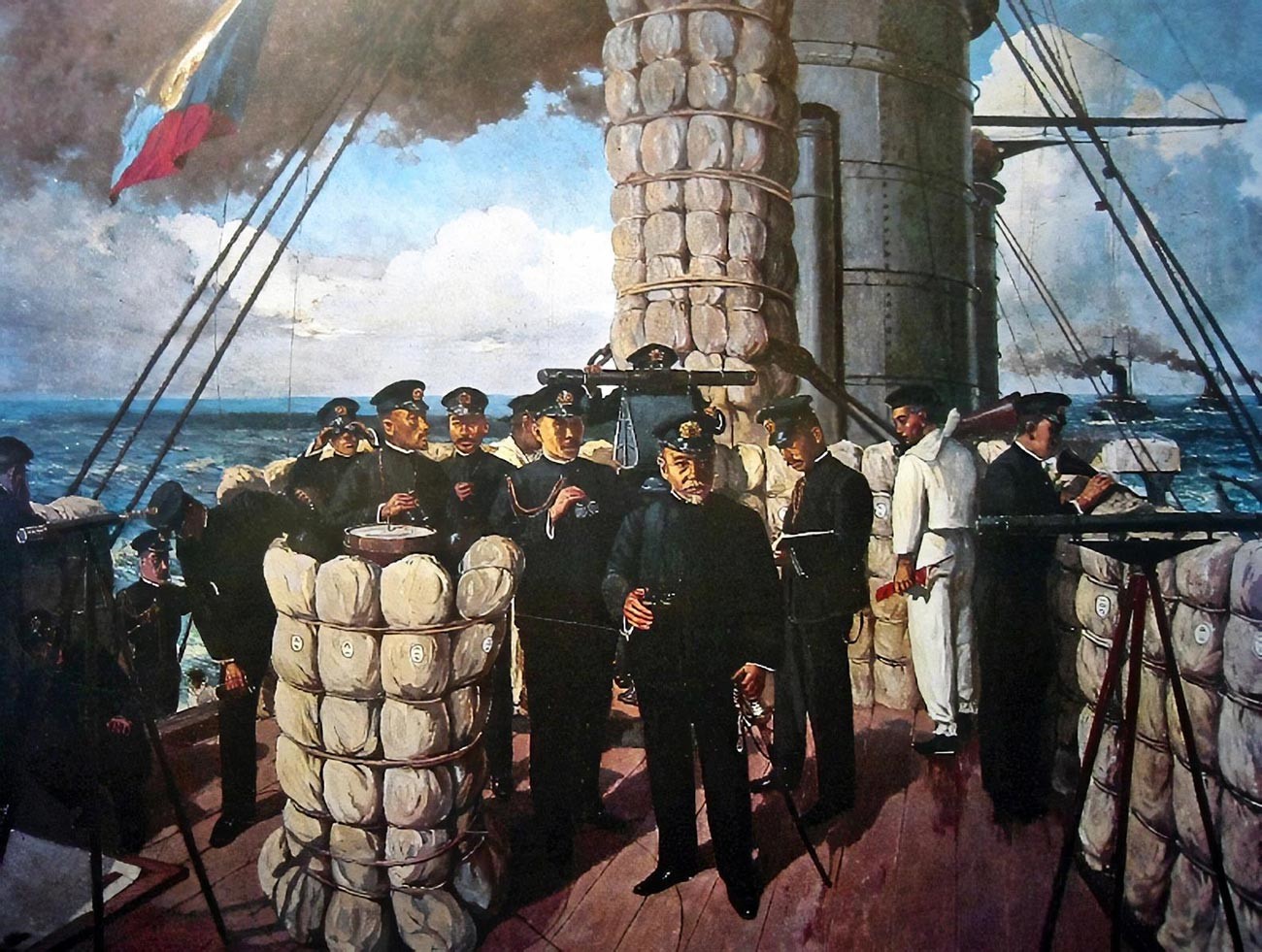
Admiral Togo Heihachiro on the board of the flagship battleship 'Mikasa'.
Public DomainJapan’s Combined Fleet not only had a numerical advantage over the Russians (in cruisers and destroyers), but also had carefully prepared for meeting the Russian squadron. Admiral Togo Heihachiro was determined to destroy the enemy in a single strike.
The Japanese spotted Rozhestvensky’s ships while they were still a long distance away, while the Russian commander had failed not only to carry out proper reconnaissance, but also to develop a clear plan of action in case of encountering the enemy, other than to make their way towards Vladivostok.
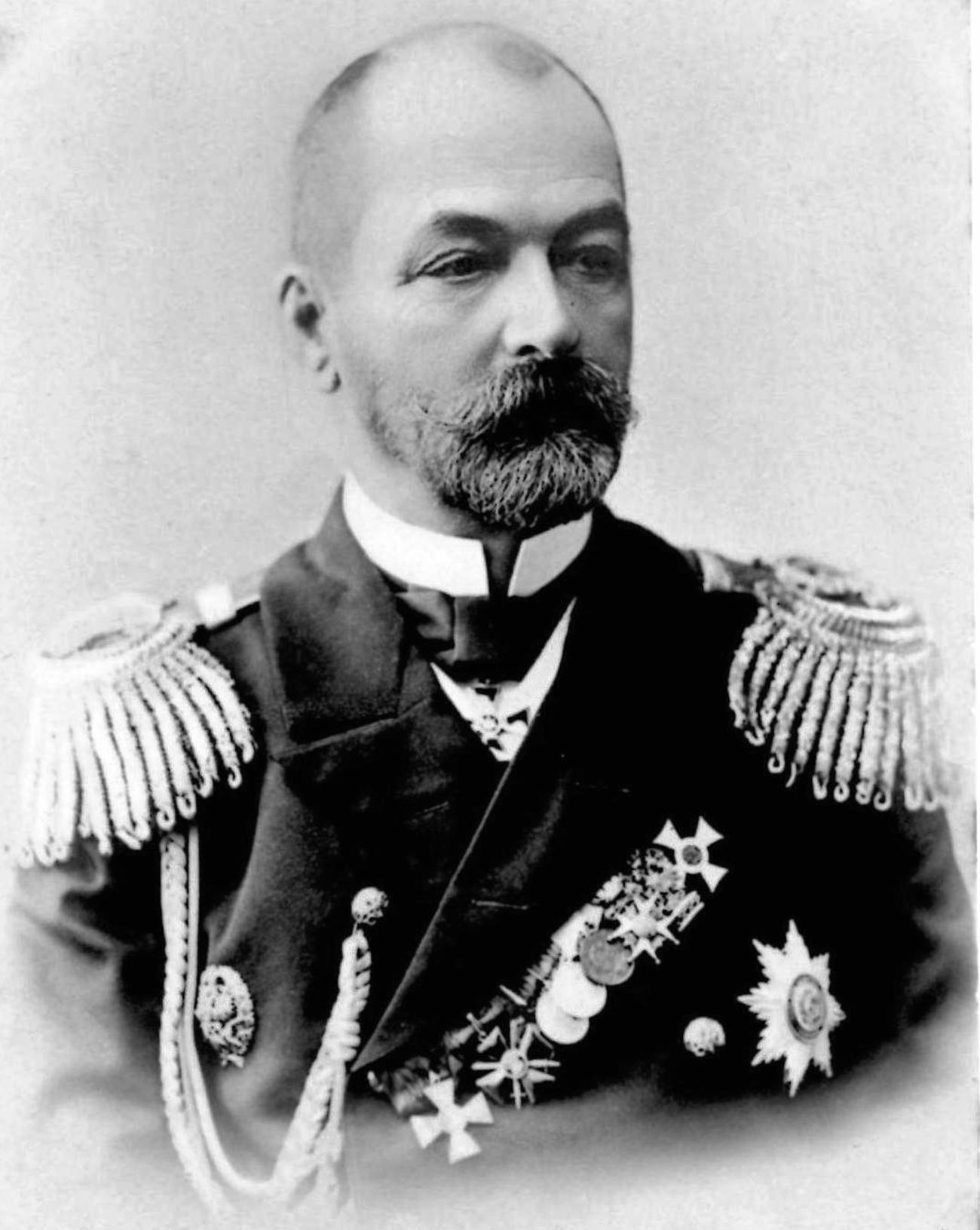
Zinovy Rozhestvensky.
Public DomainBristling with guns, the Russian squadron was moving in a wake column, one ship after another at a set distance, which significantly narrowed their firing range. Since apart from the newest ships, there were also many obsolete ones in it, the convoy was moving at an average speed of nine knots. Togo ordered to attack the slow and clumsy enemy with small maneuverable formations of four or six ships, which, developing a speed of up to 16 knots, overtook the convoy and came in to attack it from favorable angles.
At the very start of the battle, the Russian flagship battleship ‘Prince Suvorov’, where Vice Admiral Rozhestvensky was onboard, was badly hit. “I turned around. What devastation!” recalled an officer from the commander’s staff, Vladimir Semyonov. “Burning crew cabins on the bridges, burning debris on the deck, piles of corpses... Signal and rangefinder stations, shell observation posts - everything was swept away, everything was destroyed... Behind were the ‘Alexander’ and the ‘Borodino’, also shrouded in smoke!”
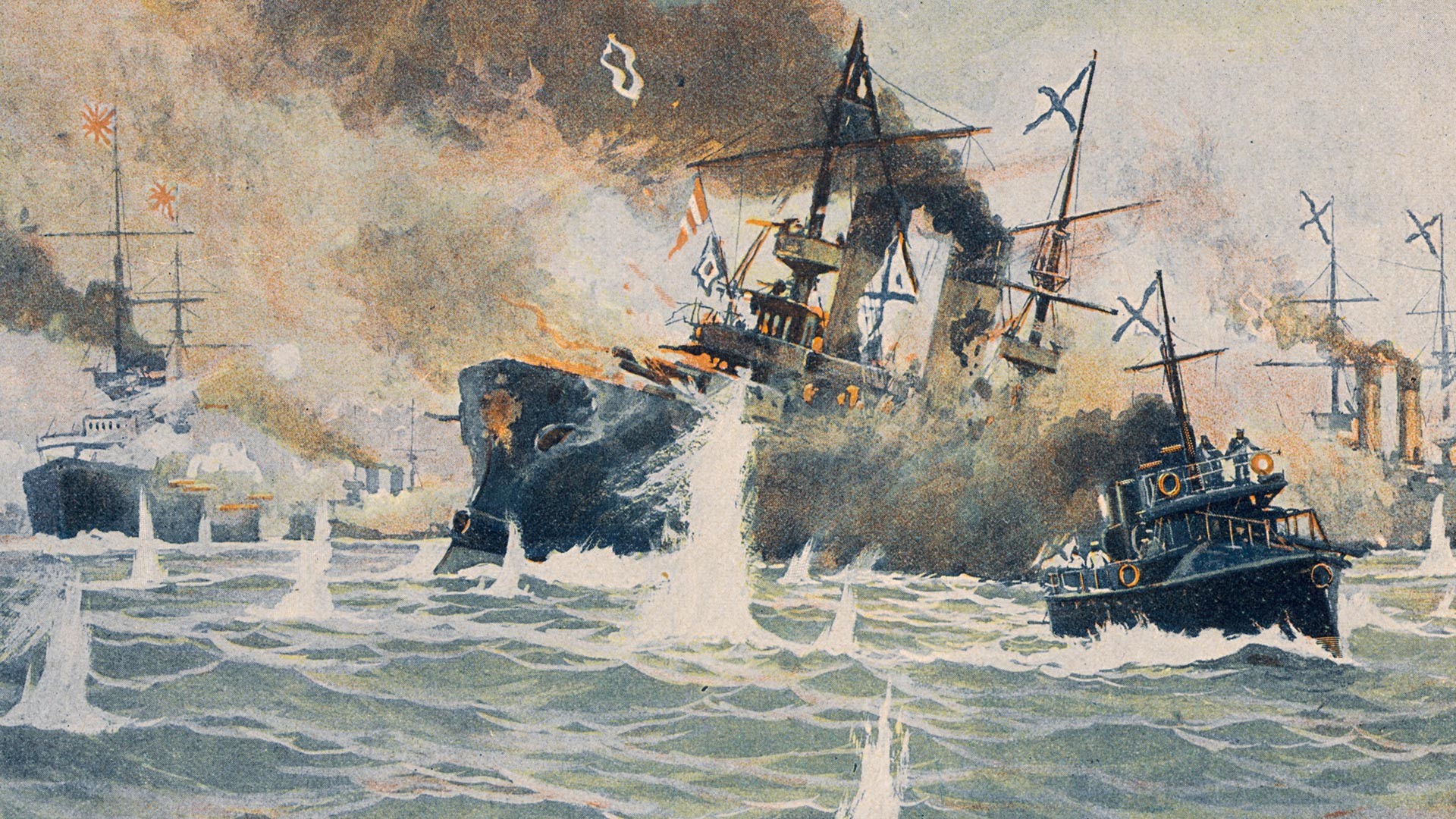
The wounded Rozhestvensky was evacuated to another ship, while the squadron lost its command for a while, which, too, contributed to the impending disaster. Rear Admiral Nebogatov, who replaced him, failed to unite all the forces under his command and in effect continued to lead only his detachment.
The Japanese, who were well-prepared for battle, had more combat experience, were better equipped and had a numerical advantage, were able to seize the initiative from the start and hold on to until the very end. At night, they managed to finally disperse the Russian squadron, after which its battleships, cruisers and destroyers could be easily destroyed and captured one by one.
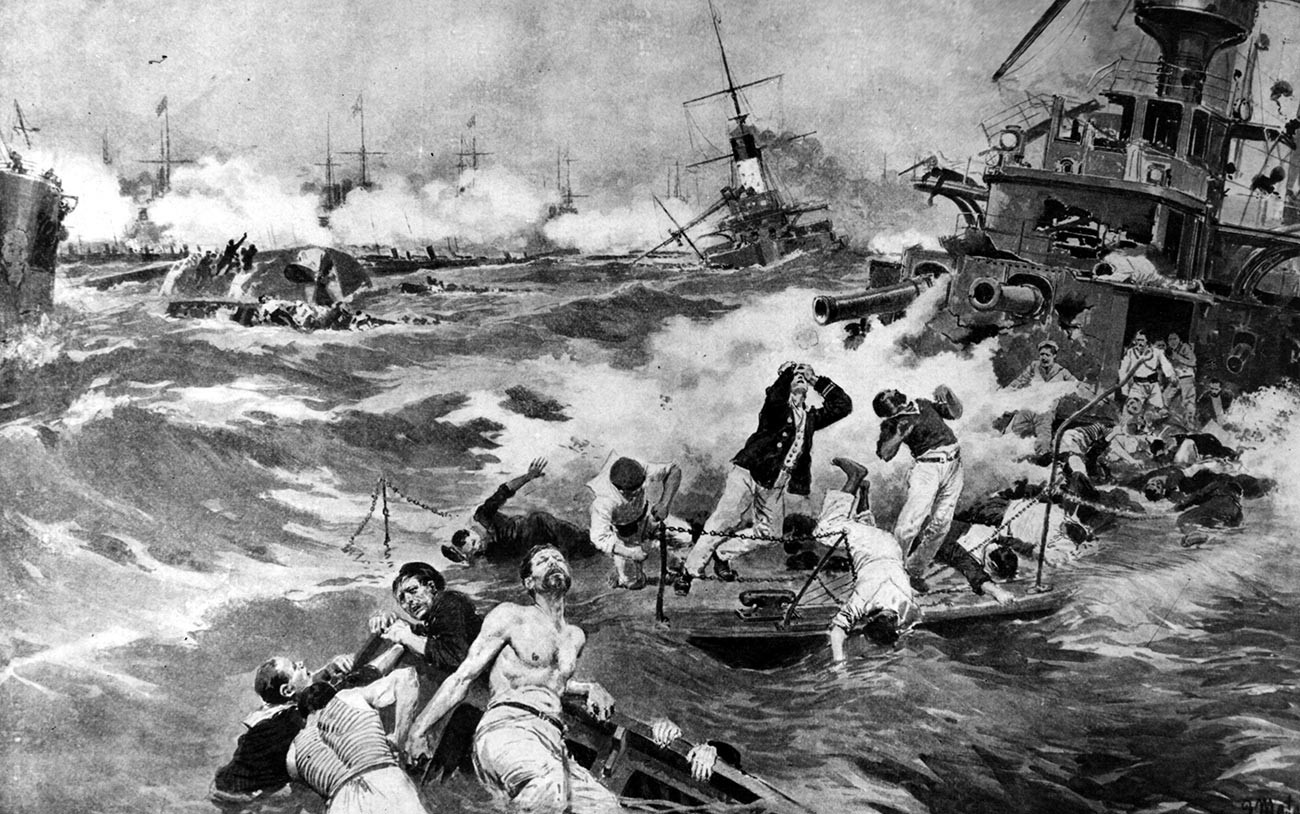
“While our best ships perished one after another, pierced by enemy shells and destroyed by fire, capsized, but did not leave the battle formation, the enemy remained practically invulnerable,” recalled Vladimir Kostenko, an engineer from the battleship Oryol. The Combined Fleet lost just three destroyers in the battle of Tsushima. Furthermore, one of them was not hit by Russian fire, but sank, having collided with another Japanese ship.
Disaster
The losses suffered by the Russian squadron were much more significant than those of the Japanese. Twenty-one ships were either destroyed by the enemy or blown up by their own crews after the damage received: six squadron battleships, two coastal guard battleships, four cruisers, five destroyers, one auxiliary cruiser and three transport vessels. Human losses amounted to 5,045 sailors, including 209 officers.
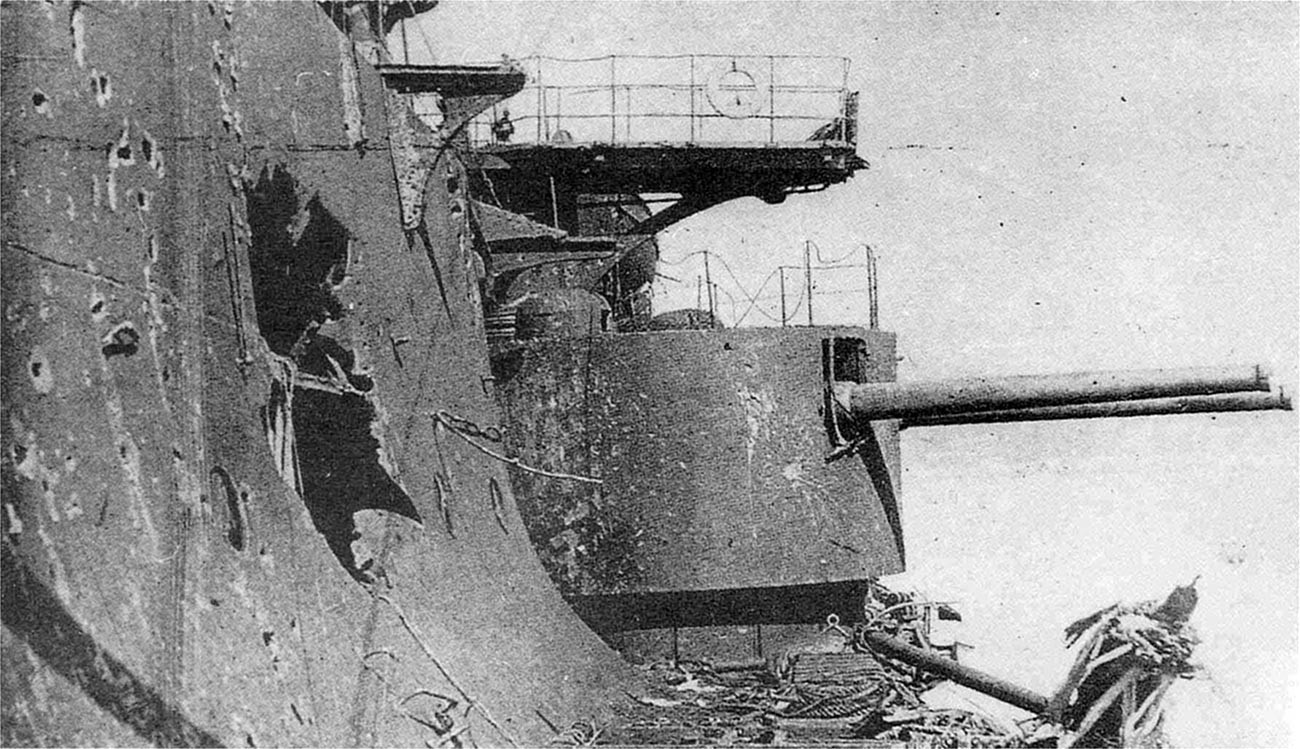
Damaged the Imperial Russian battleship Oryol.
Public DomainThe remaining four battleships, a destroyer and two hospital ships eventually raised the white flag. In total, 7,282 men were captured by the Japanese, including both commanders - Rozhestvensky and Nebogatov.
The seven ships managed to make their way to Manila and Shanghai, where they were interned. Only the cruiser ‘Almaz’ and the destroyers ‘Bravy’ and ‘Grozny’ managed to reach Vladivostok: just 870 officers and sailors out of the 16,000 people the squadron numbered before the battle.
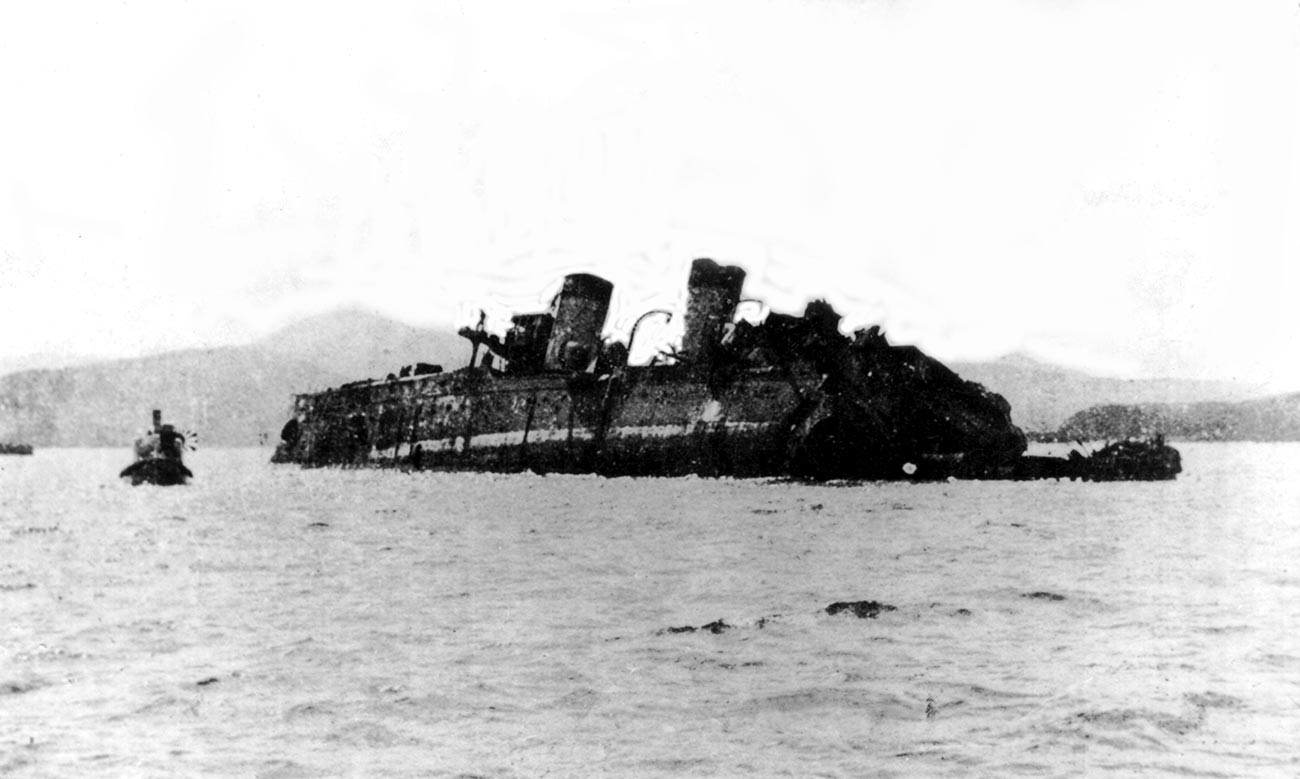
The Russian cruiser 'Izumrud' after the battle.
Photo12/Universal Images Group/Getty ImagesThe Tsushima disaster precipitated the end of the war with Japan that proved disastrous for Russia. Having lost almost all the main forces of its fleet, Russia became just a minor naval power. Its international military prestige suffered a great blow, while inside the country public discontent with the authorities was rapidly on the rise, which in the end led to the First Russian Revolution of 1905-1907.
The Russian Empire completely lost its dominant position in the Far East to Japan, which got an opportunity to conduct large-scale expansion in Korea and China. It was only in 1945 that the Soviet Union was able to avenge the shame of Tsushima.
Click here to read 5 facts about the treaty that ended Russia’s disastrous war with Japan.
If using any of Russia Beyond's content, partly or in full, always provide an active hyperlink to the original material.
Subscribe
to our newsletter!
Get the week's best stories straight to your inbox